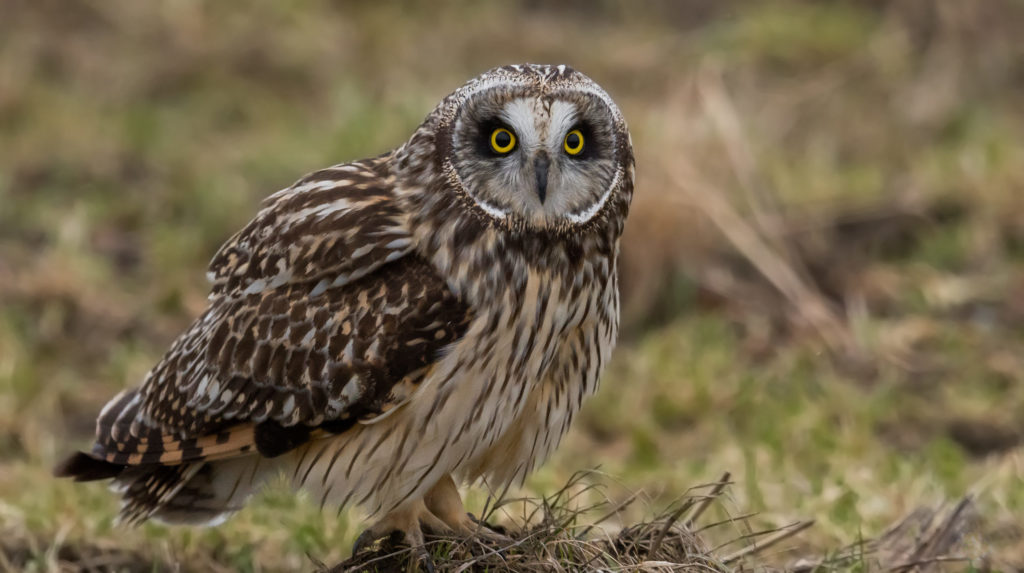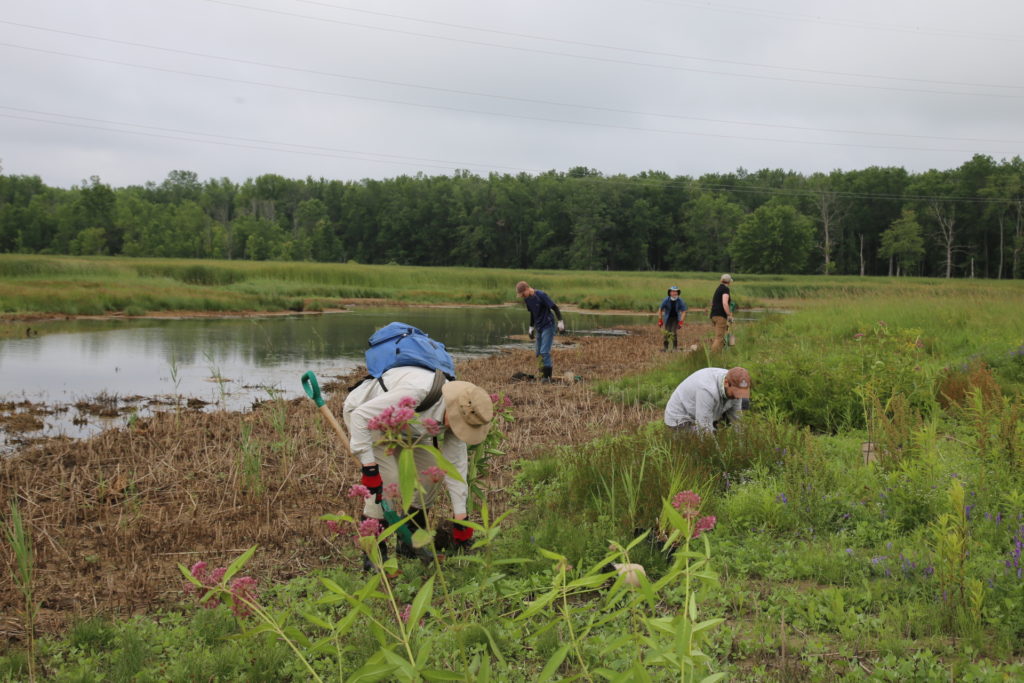Reversing habitat loss for short-eared owls
The short-eared owl is at risk of extinction. Please give today to help WWF-Canada restore one million hectares of crucial habitats that the short-eared owl and so many other species depend on.
Our latest Living Planet Report Canada revealed widespread and dramatic declines in wildlife across the country with populations of at-risk species dropping by 59 per cent, on average, since 1970. Short-eared owls are just one of the at-risk species critically affected by habitat loss and fragmentation.
There’s good news though: habitat loss is reversible.
Elizabeth Hendricks, our VP of restoration and regeneration, joined senior species specialist Emily Giles for a recent Wildlife Wednesday about the short-eared owl and WWF-Canada’s bold new 10-year plan to Regenerate Canada.
Watch or read on to learn more about this remarkable species and how, together, we can restore one million hectares of lost ecosystems.
A species that should be thriving
The short-eared owl’s name is a bit of a misnomer — what looks like ears aren’t ears at all. They’re actually “ear tufts” made up of small bunches of feathers that sometimes stand upright.
Unlike other owl species that are nocturnal (active at night), short-eared owls are diurnal (active in the daytime). It’s also one of the few owls that constructs its own nest. While many owls nest in existing holes or in trees, the short-eared owl nests on the ground in a bowl that’s scraped out and then lined with grasses and downy feathers.
The short-eared owl is found across the country in a variety of environments. This versatility would normally make a species less vulnerable, but in recent years there has been a substantial loss to the short-eared owl’s habitat, especially its wintering grounds.
Sadly, it’s estimated that there are only around 31,000 short-eared owls left in Canada, which is about 10 per cent of historical estimates.

Restoring one million hectares for at-risk species like the short-eared owl
Humans have changed, fragmented or destroyed the habitats that wildlife have evolved to thrive in. To help reverse this path and create a brighter future for at-risk species like the short-eared owl, WWF-Canada aims to restore one million hectares of habitat over the next decade.
What does it mean to restore habitat? Essentially, it means returning it back to the way it used to be to the best of our ability. We do this by adding nature back (i.e., planting trees), removing things that don’t belong (i.e., invasive species) or keeping nature connected (i.e., helping rivers run more freely by removing barriers).
When done in the right places, for the right species, restoring one million hectares will drastically improve ecosystems while also fighting climate change.

Here are a few of the priority regions we’re focusing our efforts, with your generous support:
- The Wolastoq (Saint John River) watershed in New Brunswick has faced decades of deforestation and increasingly severe flooding. Short-eared owls are one of 40 at-risk species benefitting from restoration work that uses an innovative decision-making tool called Priority Threat Management to prioritize efforts to have the greatest benefit for the most species.
- The Central Interior of B.C. has significant cultural and ecological importance but its habitats have been degraded by industrial activities and climate change-related disasters. WWF-Canada is supporting Indigenous-led restoration in the region, starting with 192,000 hectares of forest badly damaged by wildfires.
- Southern Ontario and southern Quebec are hot spots for at-risk species, but intact habitats are hard to come by in this high-density region. WWF-Canada is helping to rebuild nature and create a thousand-kilometre corridor using native seeds, plants and trees.
Fund this work
We can’t do this without you. You can help fund restoration projects like these by making a gift today. Together we can reverse habitat loss and recover wildlife like the short-eared owl.


